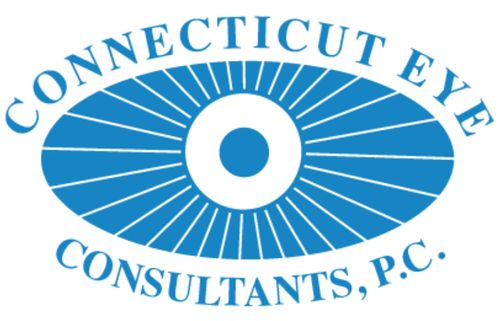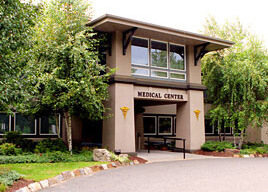Suffice it to say, glaucoma is a scary disease. Because we cannot regenerate the optic nerve or its connections to the brain, vision loss from glaucoma is a one-way street. The American Academy of Ophthalmology has excellent patient resources that explains and summarizes our best current information in a manner that I cannot surpass. What I can explain is how I plan on working with my patients to manage and treat this illness.
While in fellowship at UVA, I had the good fortune of training under Dr. Peter Netland and Dr. Sandra Johnson, two leading glaucoma practitioners. I learned an unbelievable amount about the diagnosis and clinical management of all types of glaucoma, from the common to the rarest, but the biggest thing that I took away was about how to make a positive therapeutic connection with a patient.
One of the biggest problems with glaucoma is that it is so asymptomatic for so long, much like high blood pressure. And like high blood pressure, it is a tireless enemy that works around the clock. This leads to a dynamic best illustrated by this classic graph from Dr. George Spaeth. Our first task is to decide where on the continuum the patient is. I hope to make it part of my life’s work to find patients in those green and yellow zones where they are asymptomatic, and I will explain how we will do that at a later time. Next, we need to understand that not everyone’s journey is the same. There are patients who live very long lives and never experience any vision loss from glaucoma, and there are those who will rapidly lose their vision. When the situation calls for it, I am aggressive with the decision to move to surgery.
However, there are a good number of people for whom glaucoma is like hypertension in another way; under the right circumstances it is a chronic medical condition that you see a doctor for regularly but doesn’t threaten your well-being or your quality of life. When we meet, and I recommend treatment, I do not make that decision lightly. Sometimes, we just need more information. We need to repeat a test, or see you on a fixed interval for observation. There are many options for treatment, and I plan on discussing them with you. We will find a treatment plan that works for your disease and your life. But first, I have to listen to you.







